It's a such common everyday material, I'm so sure that you'll be able to see it everywhere you turn. Glass. Yup, that amorphous liquid made out of sand.
If you've seen "Sweet Home Alabama" before, than you know what I'm talking about. Glass is naturally made out of sand when it is striked by lightning, morphing into brilliant shapes and objects.
I don't think glass will ever cease to be useful, but even as it is highly utilized in this world, glass can also be turned into highly-valued works of art.
In fact, here's a tip for you: search the beaches to see if you've found pieces of sea glass (not naturally occurring but the kind that was thrown into the sea and molded by it after many years into smooth, round shapes) because they have lately become valuable and highly sought-after.
It was naturally occurring glass, like obsidian (glass naturally created from volcaninc magma), that has been in use since the stone age.
It was then used as a glaze for pottery until the method of glass-blowing was developed in the first century b.c., making glass more available. Its name is derived from the Latin word for ice, "glacies."
 |
| Beautiful Glass |
 |
| Beautiful Glass |
 |
| Beautiful Glass |
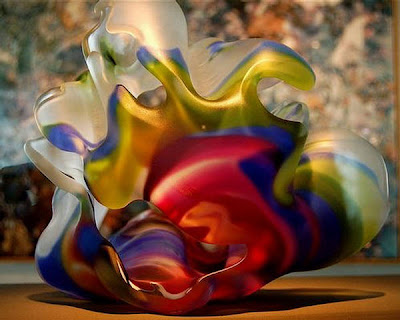 |
| Beautiful Glass |
.jpg) |
| Beautiful Glass |
Glass can be made out of pure silica, but to make the glassmaking process easier, ash and lime is added. From these basic ingredients, a variety of glass can be formed.
There is the float or annealed glass. Most of the world's flat glass is annealed glass, since the process for making this was invented in the 1950s by Sir Alastair Pilkington.
Molten glass is poured onto a tin bath and levels out to dry in parallel, flat surfaces. Annealed glass is not suitable for building as it breaks into shards.
Before annealed glass, there was plate glass, where it was formed by rolling it flat.
There is such a kind of glass that is a bit tougher and safer from breakage, called tempered glass. It is said to be six times stronger than annealed glass, but it does have a few drawbacks.
If it does get broken, the whole glass panel will fall apart into small bits. Also, since the portions of the tempered glass are formed differently, the outer portion of the panel is more susceptible to scratches.
Laminated glass was invented by Edouard Benedictus, after discovering that a glass flask coated with cellulose nitrate was dropped to the ground, shattered, but did not break.
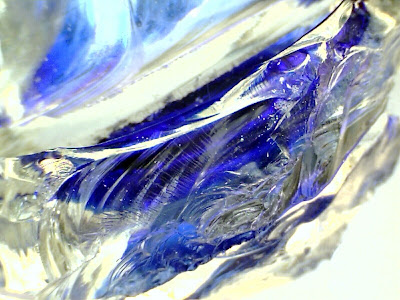 |
| Beautiful Glass |
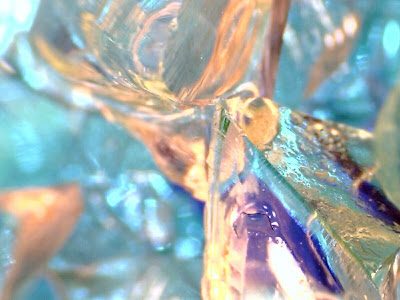 |
| Beautiful Glass |
 |
| Beautiful Glass |
 |
| Beautiful Glass |
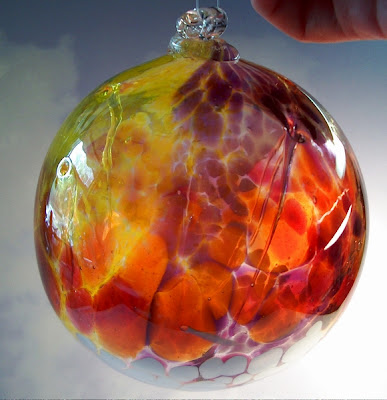 |
| Beautiful Glass |
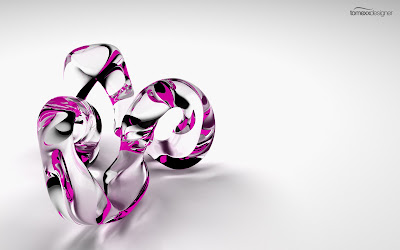 |
| Beautiful Glass |
Recently innovated is self-cleaning glass, which may just put window-cleaners out of business. It is coated with titanium dioxide. It enables ultraviolet rays to break down organic compounds on the surface.
Water is also attracted to the surface of the glass, leaving a thin coat that washes away these compounds.
Low-emmisivity glass has metallic-based coatings that hinder the glass from transferring thermal energy, making it more energy-efficient.
So whenever you're drinking a glass of water or marvelling at a glass sculpture or modern glass architecture, think of what you've just learned and how glass can change the world you live in.